Injection molding is an incredibly versatile manufacturing process for making consistent and durable plastic parts, high speed and very low unit cost. The best plastic materials for injection molding can be:
- Nylon
- ABS plastic
- Polycarbonate (PC)
- PC-ABS plastic
- Acetal Copolymer
- Acetal Homopolymer
- Engineered Thermoplastic Polyurethane (ETPU)
- High Density Polyethylene
- Liquid-crystal polymer
- Low-density polyethylene
- Linear low-density polyethylene
- Acrylic (PMMA)
- Polystyrene (PS)
- Polypropylene (PP)
- Polyether Ether Ketone (PEEK)
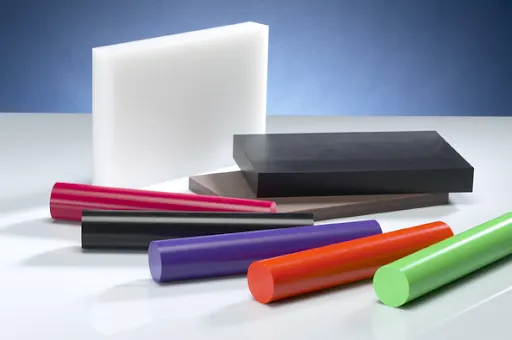
Acetal Homopolymer
Similar to Acetal Homopolymer, Acetal Homopolymer is an engineering thermoplastic, tough, resilient plastic that has rigidity, good creep resistance, toughness, dimensional stability, lubricity, surface hardness, and low moisture absorption. Compared to Acetal Copolymer plastic, Acetal Homopolymer provides higher tensile strength, impact resistance, and good stiffness and creep resistance. These properties allow for shorter molding cycles, thinner and lighter part design, and the potential for cost reductions.
Acetal Homopolymer is used for high load mechanical applications and in plumbing and irrigation applications because of its excellent thread strength and ability to resist scale build-up. Because of its machinability, it is used to prototype in vivo medical devices. Some applications include bearings, gears, conveyor belts, safety restraints, housings, automotive ventilation, automotive cooling system parts, and fuel system components.
Engineered Thermoplastic Polyurethane (ETPU)
Also called rigid thermoplastic polyurethanes, Engineering thermoplastic polyurethanes (ETPUs) are amorphous polymers produced by reacting isocyanate with a glycol. ETPU’s are know for their high clarity, high impact, high stiffness, good abrasion resistance and good chemical resistance. Because of their very low melt viscosity RTPU’s are normally processed by injection molding, blow-molding, compression-molding, 3D printing, or extrusion molding.
Typical applications include fuel bowls, IV connectors, water valves, ball valves, underground electrical box lids, oil and gas sucker rods, wheelchair components, and high strength nuts and bolts.
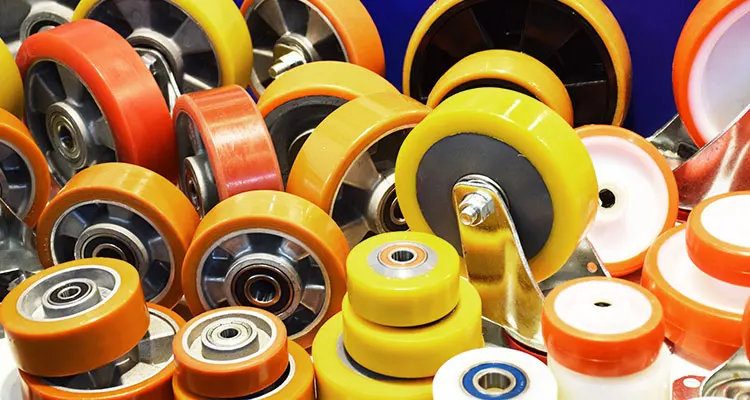
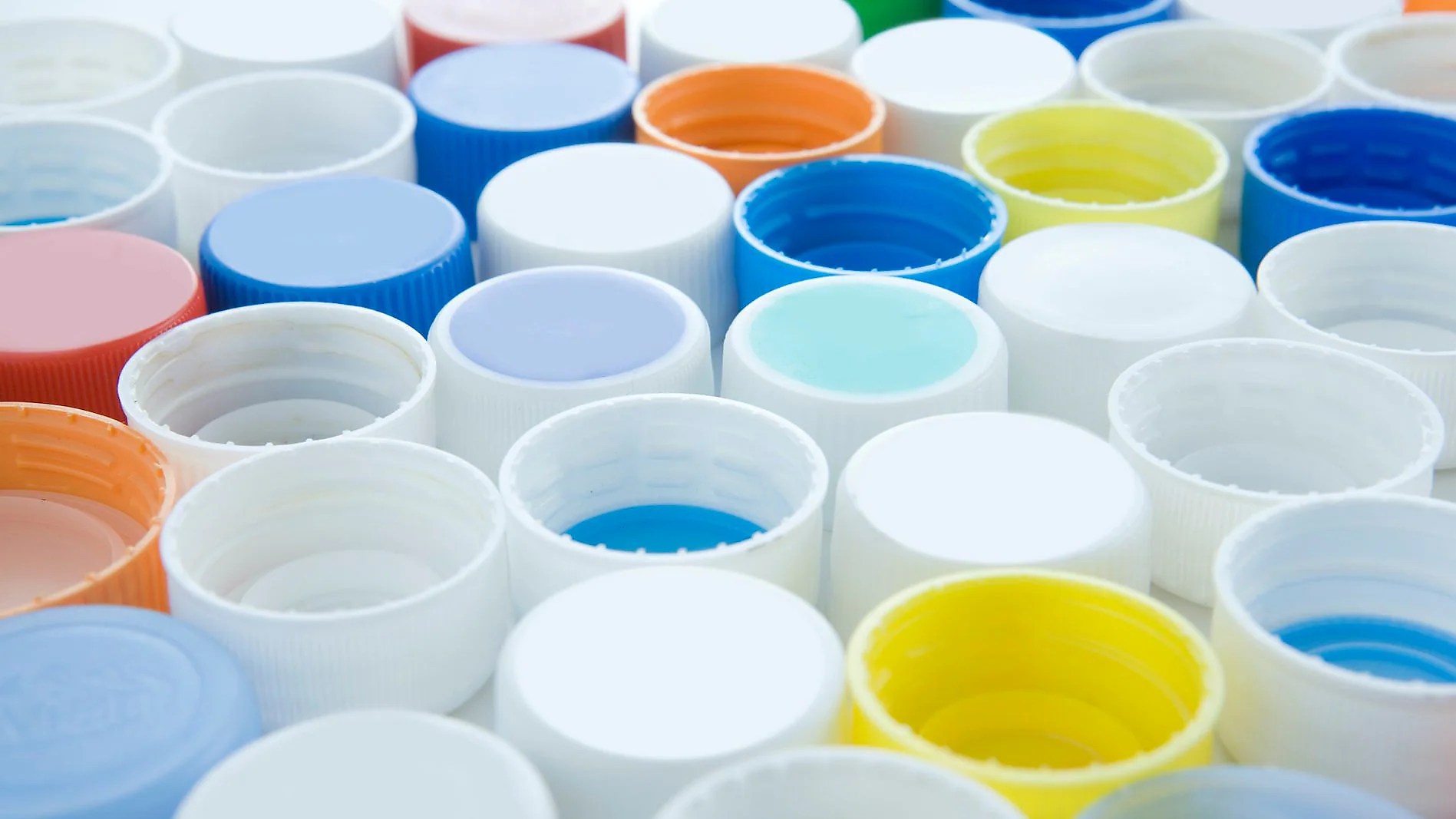
High Density Polyethylene
High-density polyethylene (HDPE) is a versatile and popular polymer made from the monomer ethylene. HDPE is using in applications ensures a durable final product that is also abrasion- and chemical-resistant. When used for HDPE pipes, it is sometimes called “alkathene” or “polythene.” With a high strength-to-density ratio, High-density polyethylene (HDPE) is used to produce plastic bottles, corrosion-resistant piping, geomembranes, and plastic lumber. In addition, HDPE is commonly recycled.
HDPE is often used to mold complex and durable components that won’t easily degrade due to chemical issues. End products like roll-out carts, pails, and bins must be made to withstand moisture, mold, mildew, rust, and odors, lasting for years due to HDPE’s chemical resistance. From food packaging that extends the shelf life of fresh fruits and veggies to pressure pipes that build the foundation of your local restaurant, HDPE is used in a variety of industries as a durable, cost-effective option.
Liquid-crystal Polymer
Liquid crystal polymers (LCPs) are polymers with the property of liquid crystal, usually containing aromatic rings as mesogens. They are widely used in the digital display market In addition, LCPs have unique properties like thermal actuation, anisotropic swelling, and soft elasticity. Therefore, they can be good actuators and sensors. One of the most famous and classical applications for LCPs is Kevlar, a strong but light fiber with wide applications, notably bulletproof vests.
Injection molding with LCP resin is ideal for high-stressed parts. LCPs are also injection molded into IC sockets, HF network switches, custom high-power electrical connectors, power modules for wind and solar inverters and converters, and many other precision devices.
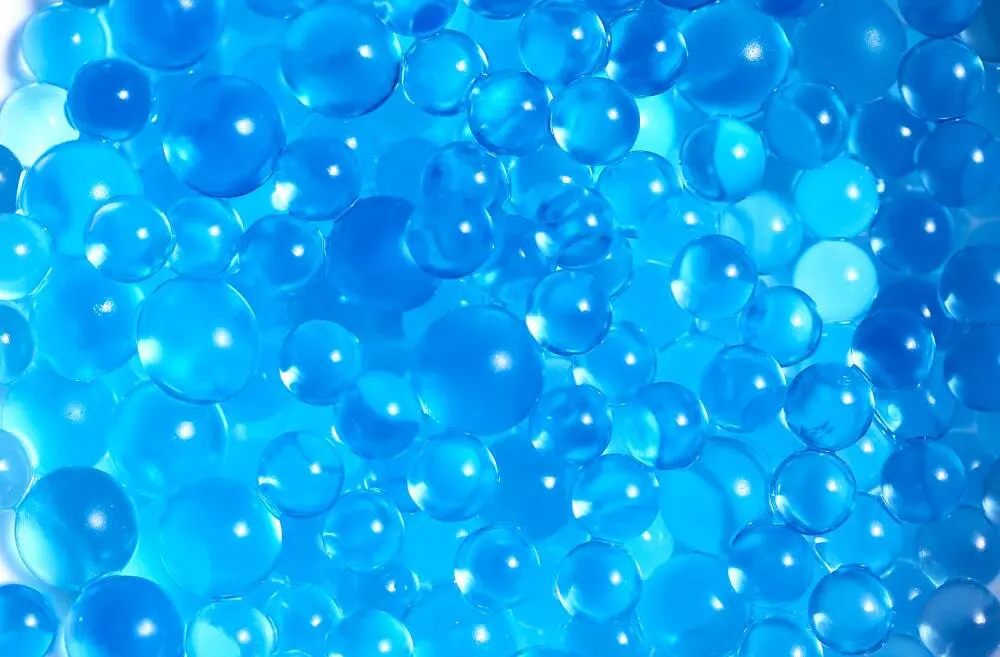
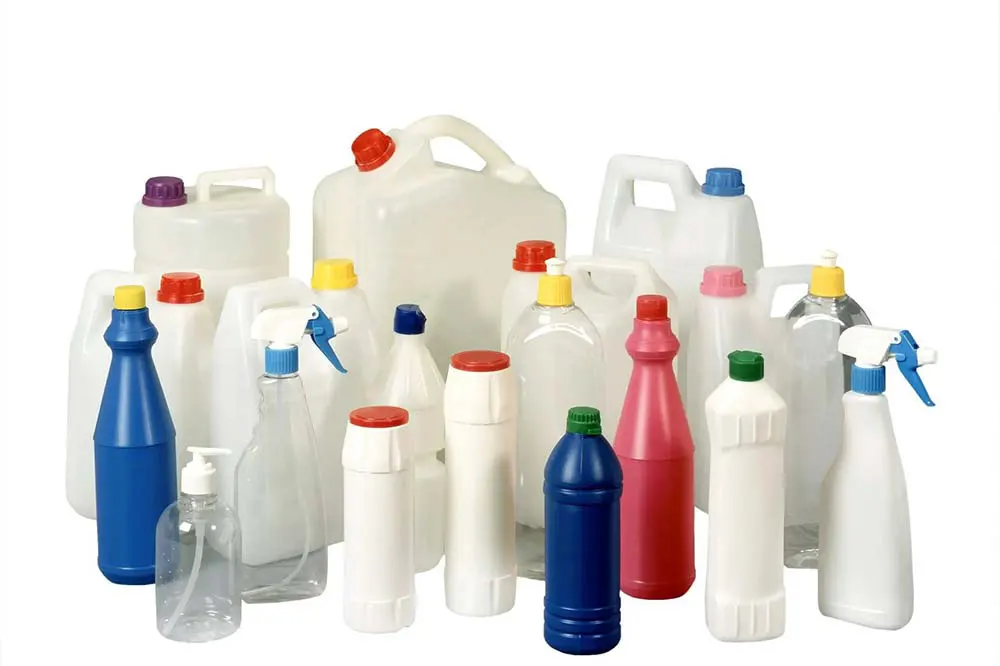
Low-density Polyethylene
Low-density polyethylene (LDPE) is a thermoplastic created from the monomer ethylene. In spite of competition from more modern polymers, LDPE is an important plastic grade, with the worldwide LDPE market reaching a volume of about 33 billion US dollars in 2013.
LDPE retains its toughness and flexibility over a wide temperature range. It is a highly recyclable material. It does have the disadvantage that its density drops off dramatically above room temperature, and exposure to light and oxygen results in loss of strength and a loss of tear resistance.
